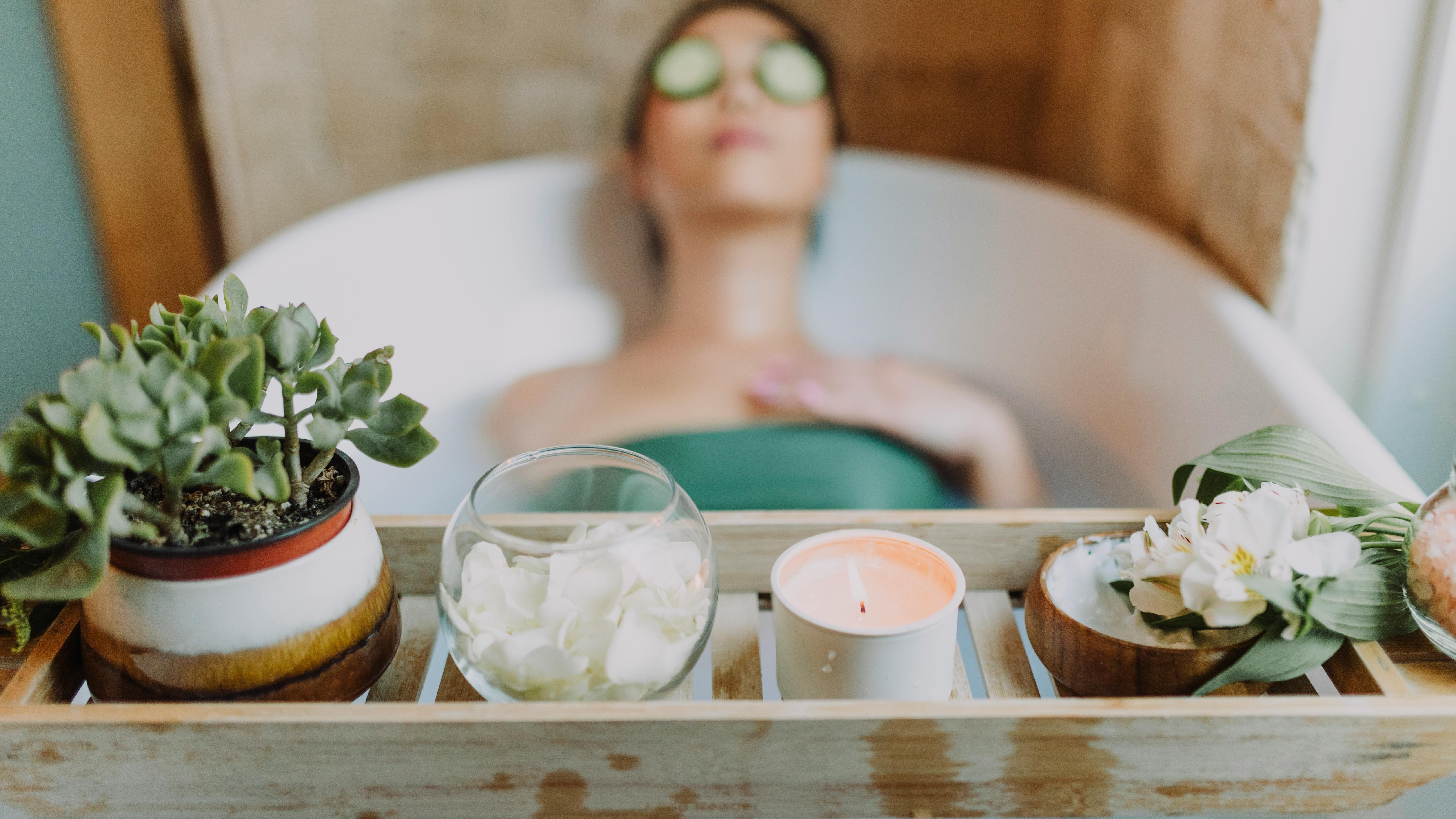
The Science Behind Effective Moisturizing
Moisturizing is much more than just an extra step in your skincare routine—it's essential for maintaining healthy skin. Moisturizers work by adding hydration to the skin and preventing water loss. They create a barrier that keeps moisture locked in while keeping irritants out. Within most moisturizers are ingredients like ceramides, hyaluronic acid, and glycerin that actively support your skin's barrier function.
Why Moisturizing Is Non-Negotiable
Whether your skin is oily, dry, or combination, hydration is vital for everyone. Board-certified dermatologists agree that consistent moisture application can address various skin issues, from dryness to flakiness and redness. Dr. Daniel Sugai suggests making moisturizing a routine, emphasizing its importance akin to brushing your teeth. This daily commitment is key, especially during harsh weather conditions that can leave skin feeling parched.
Understanding the Different Types of Moisturizers
Choosing the right type of moisturizer involves understanding your skin type and concerns. Lotions are lightweight and suitable for all skin types but particularly beneficial for oily skin. Creams are thicker and richer, making them ideal for those with dry or mature skin, especially in winter. Ointments are even thicker and act as skin protectants for very dry or chapped areas.
Five Dermatologist-Approved Moisturizing Tips
Use a Moisturizer with Ceramides: Ceramides are vital for forming a healthy skin barrier. Look for products that include these lipid proteins.
Apply on Damp Skin: Moisturizers work best when applied to clean, slightly damp skin, effectively sealing moisture in.
Befriend Textures: Whether you need the lightweight feel of a lotion or the heavy-duty moisture of an ointment, it’s crucial to know what works best for you.
Stay Consistent: Make it a habit to hydrate your skin daily. Consider keeping a tube of lotion near your bed and shower.
Moisturize Your Entire Body: Your body deserves the same level of care as your face. Don’t skip those “less visible” areas.
Predicting Future Trends in Skincare
As the skincare landscape evolves, future formulations may integrate more active ingredients aimed at specific skin concerns, perhaps even products that adapt to climate or environmental factors. For instance, hydration needs may vary based on changing weather, leading to a more personalized skincare experience.
Frequently Asked Questions on Hydration
What should I look for in a moisturizer? Seek products with occlusives, emollients, and humectants. For dry skin, creams and ointments may be more effective.
When is the best time to moisturize? Moisturizing right after showering or washing your hands locks in moisture effectively.
The Emotional Aspect of Skincare
While the technical aspects of moisturizing are vital, let’s not overlook the emotional element. Caring for your skin can significantly enhance your self-esteem. It’s not just about looking good; it’s about feeling good and embracing your skin. When you engage in your skincare routine, you’re investing in your overall well-being, giving yourself that much-needed time to relax and focus on self-care.
Practical Steps to Implement an Effective Moisturizing Routine
Start your moisturizing journey by evaluating your skin's needs. Keep your skincare simple and introduce one product at a time to observe its effects. Consider setting aside a few minutes in your daily schedule for your moisturizing regimen, paving the way for healthier, hydrated skin.
Call to Action: Embrace Your Skincare Journey
Each step you take toward a diligent skincare routine pays off not only in how you look but in how you feel. Explore high-quality moisturizers that suit your skin needs and be consistent. Your skin will thank you!
 Add Row
Add Row  Add
Add 




Write A Comment